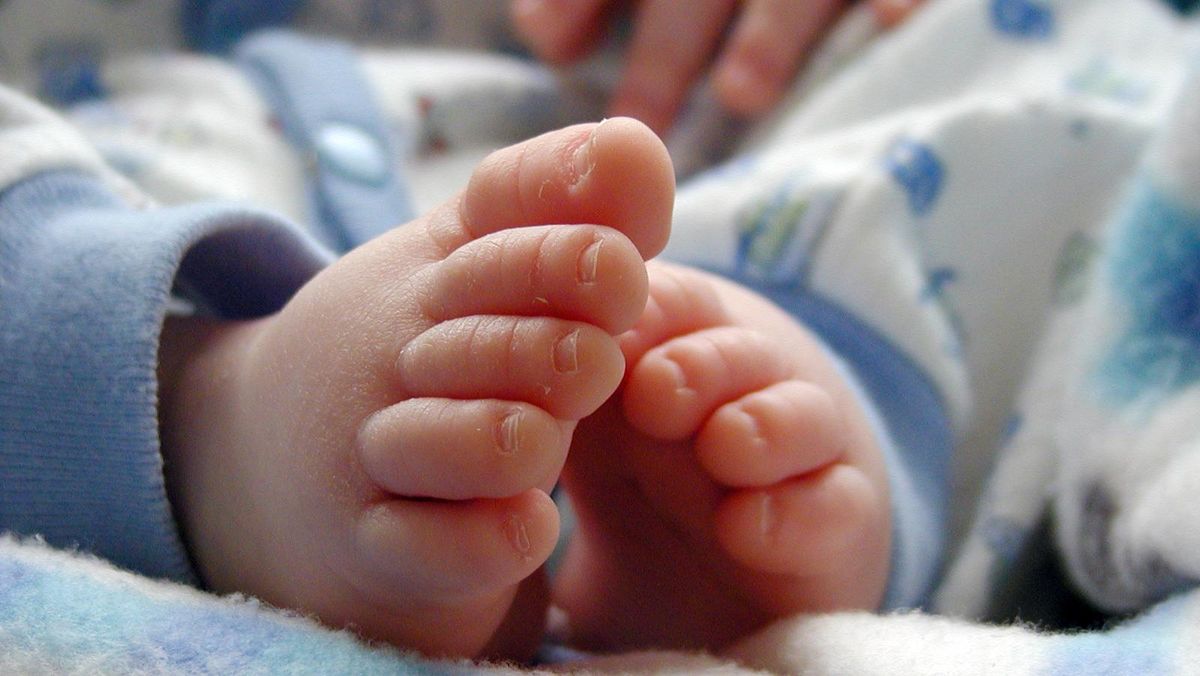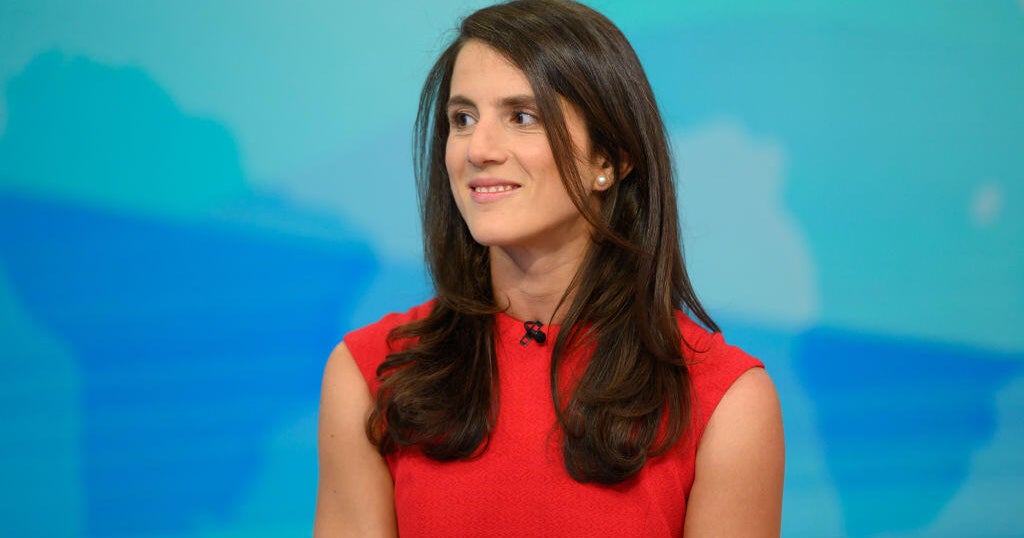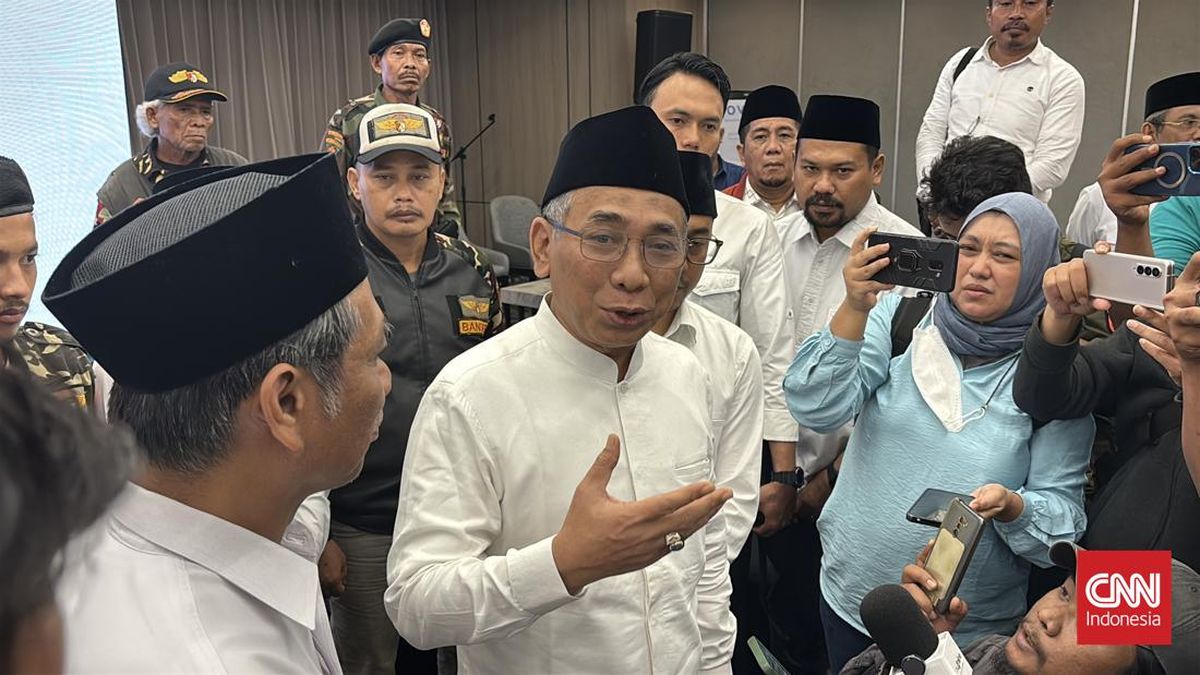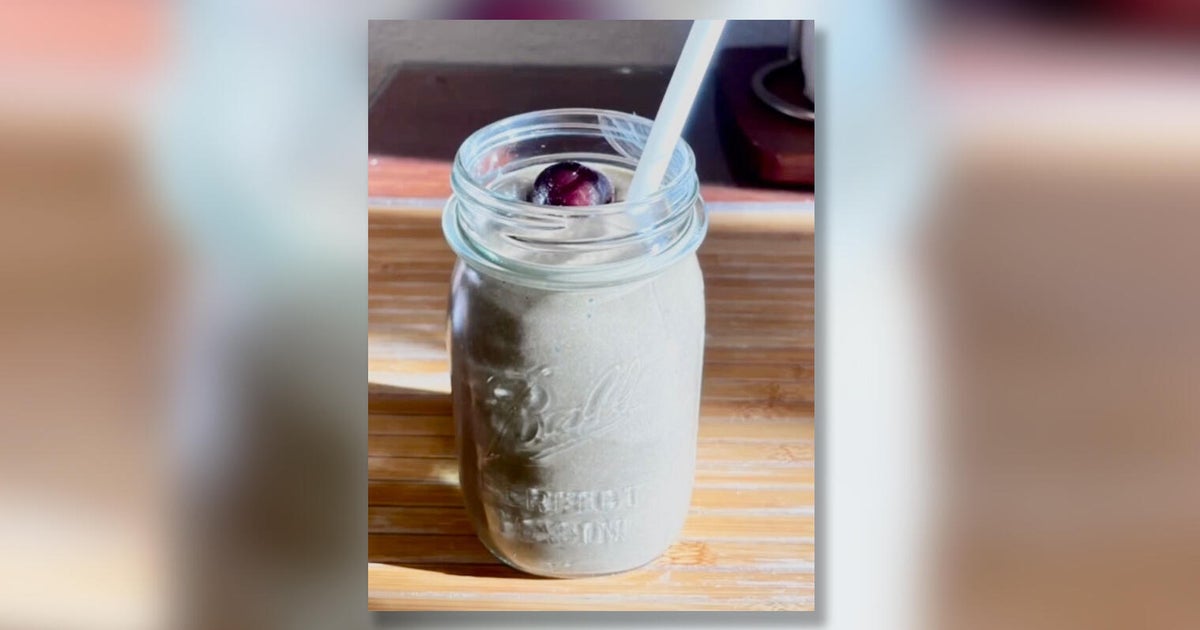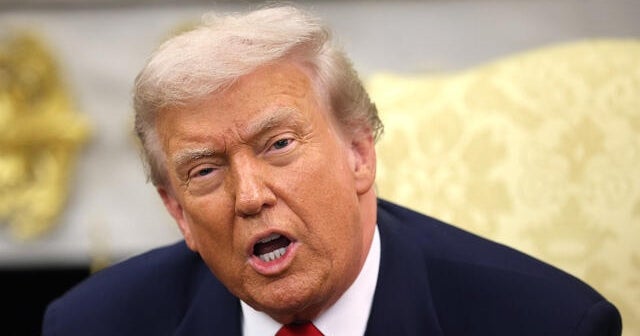YouTube Kids will escape the federal government’s teen social media ban that could serve as a model for other sites to keep offering their products, and ads, to children under the age of 16.
The main YouTube platform will join Instagram, Facebook, TikTok, X and Snapchat in being caught by the ban, which is set to come into effect on December 10, after the government backflipped on its earlier plan to exclude Google’s video streaming site.

Prime Minister Anthony Albanese and Communications Minister Anika Wells.Credit: Alex Ellinghausen
The government is expected to table rules in parliament on Wednesday to set which online services will be captured by the laws that were enacted with bipartisan support last year in an effort to protect children from online bullying and body image issues.
Sites that are primarily intended for education, messaging, health or online gaming will be exempt.
YouTube’s inclusion in the ban sets the government up for a possible fight after the platform’s owner, Google, sent a letter to Communications Minister Anika Wells threatening to sue if it was not given an exemption.
Loading
Prime Minister Anthony Albanese said restricting YouTube from use by children under 16 meant his government stood on the side of Australian families.
“Social media has a social responsibility and there is no doubt that Australian kids are being negatively impacted by online platforms, so I’m calling time on it,” he said in a statement.
“Social media is doing social harm to our children, and I want Australian parents to know that we have their backs.”
On Sunday, Albanese dismissed Google’s legal threat to Wells, telling ABC Insiders the minister would make assessments independent of threats made by social media companies.
“I say to them that social media has a social responsibility. There is no doubt that young people are being impacted adversely in their mental health by some of the engagement with social media and that is why the government has acted,” he said.
The ban passed as law in November last year, requiring tech platforms to take reasonable steps to ensure children under 16 are not using their services. YouTube received an exemption at the time after former communications minister Michelle Rowland deemed it had significant educational purposes.
eSafety Commissioner Julie Inman-Grant delivered formal advice to Wells in June recommending YouTube be removed from the carveout because research showed four in 10 young teenagers had been exposed to harmful content, such as eating disorders, on the platform.
Wells has since accepted Inman-Grant’s advice, saying in a statement kids would be given a reprieve from the “persuasive and pervasive pull of social media”.
“We want kids to know who they are before platforms assume who they are,” she said.
But YouTube Kids, which offers a restricted version of the video service with clips that are appropriate for young users, is not caught by the ban because children cannot upload videos and it has other safety restrictions. That could provide a path for other platforms to create restricted versions of their services and get similar treatment.
Under the law, platforms will face fines of up to almost $50 million for failing to take reasonable steps to prevent underage account holders from using their services.
Cut through the noise of federal politics with news, views and expert analysis. Subscribers can sign up to our weekly Inside Politics newsletter.
Most Viewed in Politics
Loading





